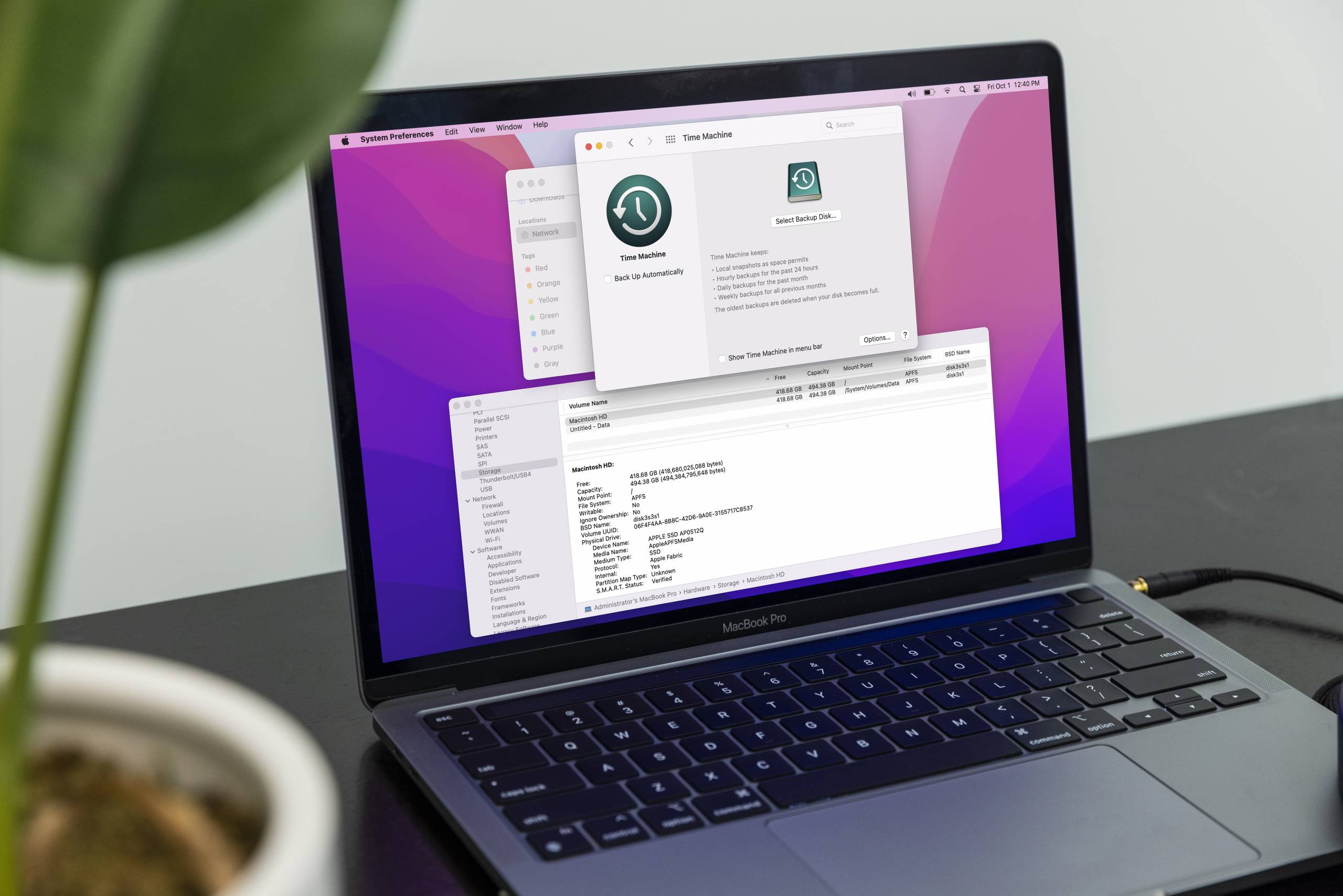

This means that if you needed to restore a new Mac, you can only retrieve your files (such as your documents and photos) from iCloud Drive.

No system files or system backups are performed. 5GB is offered for free, whereas upgrades are available to 50GB for $0.99 per month, 200GB for $2.99 per month, or 2TB for $9.99 per month.Īnother drawback is that iCloud Drive only syncs user files with the server. Since it's a subscription-based service, there's a monthly fee depending on how much online storage you use. ICloud Drive also has some drawbacks, as you might imagine. Since iCloud Drive only requires an active internet connection to back up your files, it's much easier to manage. Many users who prefer to use iCloud Drive over Time Machine do so because they don't want to deal with the hassle of managing an external hard drive all the time. This depends on the file type, but it usually allows you to view and restore previously saved versions (if you require them). You may also be able to access the file version history in iCloud Drive. This allows you to save some crucial storage space on your Mac. However, a file shortcut is still present in the same location on your Mac, and in the case that you need to access it again, the original file is downloaded and opened on your system immediately.

This basically means that all files that you rarely use are backed up on the cloud and deleted from your system. ICloud Drive also allows you to offload data from your Mac onto the cloud if your Mac is running low on storage.
DOES TIME MACHINE BACKUP MAC OS HOW TO
Related: How to Choose Who Can View and Edit Your Shared Files in iCloud Drive You can sync and store specific files on iCloud Drive (such as documents and photos), but you can't store system files or make complete system backups for your Mac. Your data remains secure on the specific server and can be downloaded back onto your device if the need arises. These servers are backed up regularly, so even if one fails, your data can be restored from a backup. Apple has tons of facilities around the world filled with such servers, providing them with more than enough bytes of data. When you sync your iPhone or Mac to iCloud, your device uploads all the selected data to a secure server owned by Apple. Most people are familiar with "cloud" backups but don't know how they actually work. We first need to understand how iCloud Drive and Time Machine work to truly understand the difference between the two. Today we'll cover which service should you be using for your Mac backups, and how they both differ. While they can ultimately serve a similar purpose, the way both services work is significantly different. There are two methods available for Apple users to back up their data-iCloud Drive and Time Machine. This is why having a backup of your Mac is essential, to help you in those bad times (if they ever do come.) With our digital data becoming more important each day, no one wants to lose their valuable files and photos, either to a corrupted hard drive or a stolen machine.


 0 kommentar(er)
0 kommentar(er)
